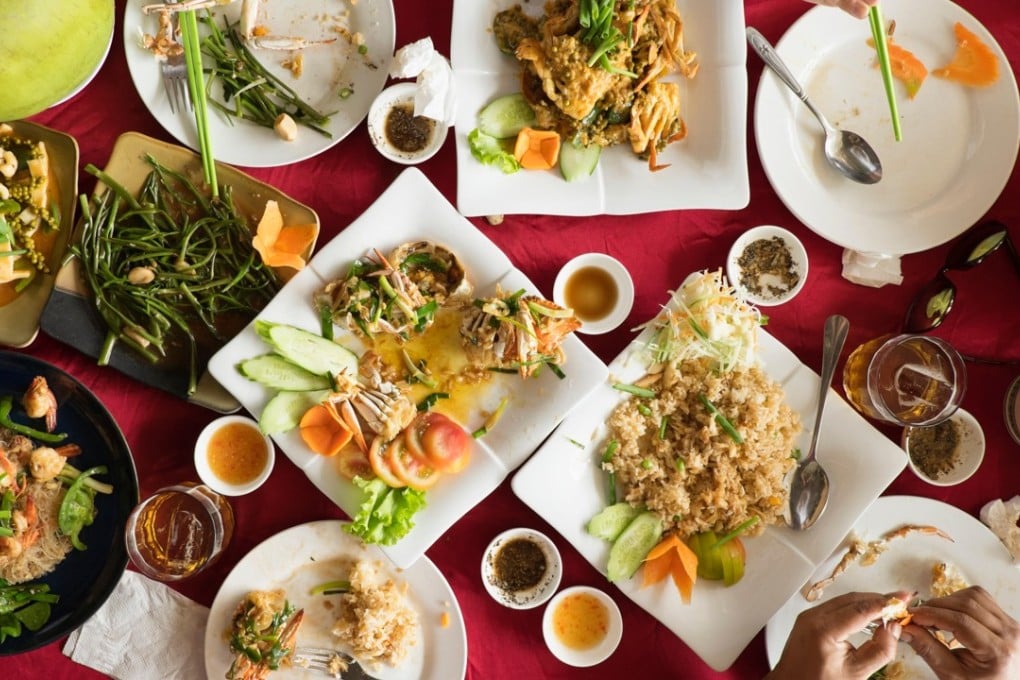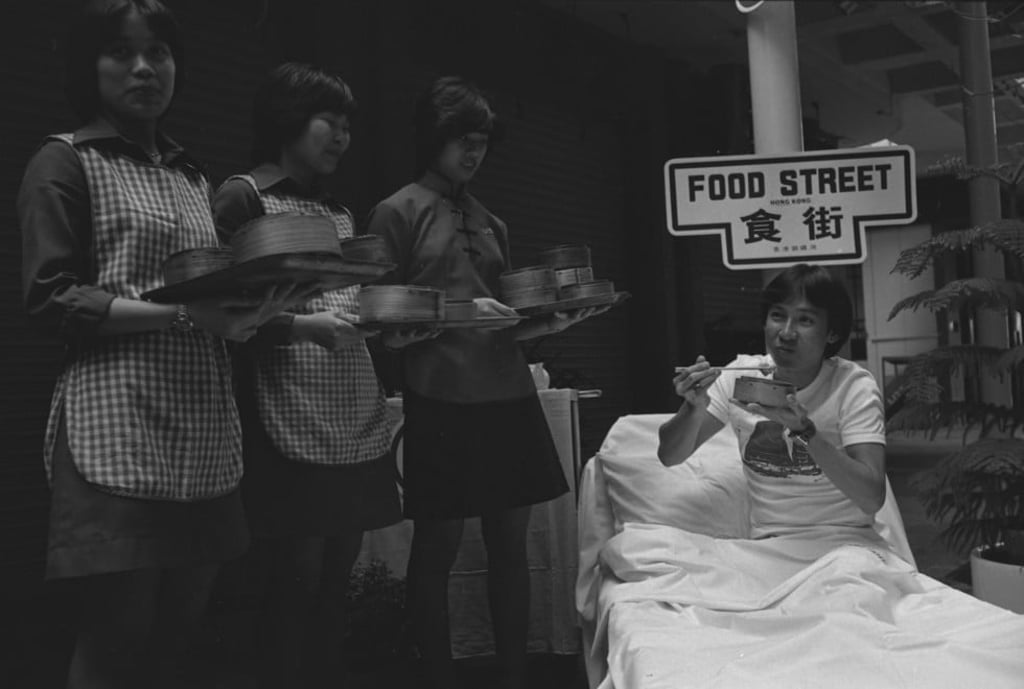Then & Now | Hong Kong – a food paradise? It’s time for a reality check
With restaurant patrons paying through their noses for mediocre quality food – blame it on sky-high rents – Hong Kong is struggling to live up to the hype

Hong Kong’s much hyped reputation as a “food paradise” has been a staple of local tourism promotion, and the lifestyle journalism that feeds off it, for several decades. But how did this designation first occur?
From the 19th century, Hong Kong was known regionally for its high-quality European restaurants, most found within the colony’s top hotels. Hong Kong’s European mercantile classes enjoyed the pleasures of the table, and could afford to indulge their appetites, which, in turn, created demand for high-end imported fare. Being able to provide expensive delicacies for dinner guests was a mark of status, and postprandial bragging rights were keenly sought after.
As a major port with ships calling from around the world, there was never any shortage of ingredients. Better refrigeration from the 1880s onwards, and a local dairy industry that produced high-quality fresh milk, cream and veal, also meant more available produce than in other Asian seaports.
Europeans living in more remote places would visit Hong Kong on leave, usually when cooler weather made a pleasant contrast to perennially tropical territories such as Malaya, Borneo and the Philippines. As well as shopping for hard-to-find items, a round of well-cooked, professionally served meals accompanied by wines that had travelled reasonably well, made a welcome change from monotonous diets from tins and jars, combined with the barely recognisable approximations of Western fare that so many period memoirs recount.
During the Chinese civil war, wealthy refugees decamped to safety in the British colony from all over China. These arrivals were accustomed to the best Chinese cooking and willing and able to pay for it. By the 1950s, they, and the chefs who followed their erstwhile employers, had revolutionised the Chinese side of Hong Kong’s hitherto Cantonese-dominant restaurant scene. Peking, Manchurian, Shanghainese and Szechuan styles became commonplace, and while local palates remained fundamentally conservative, a wide variety of alternative Chinese culinary options was available.

